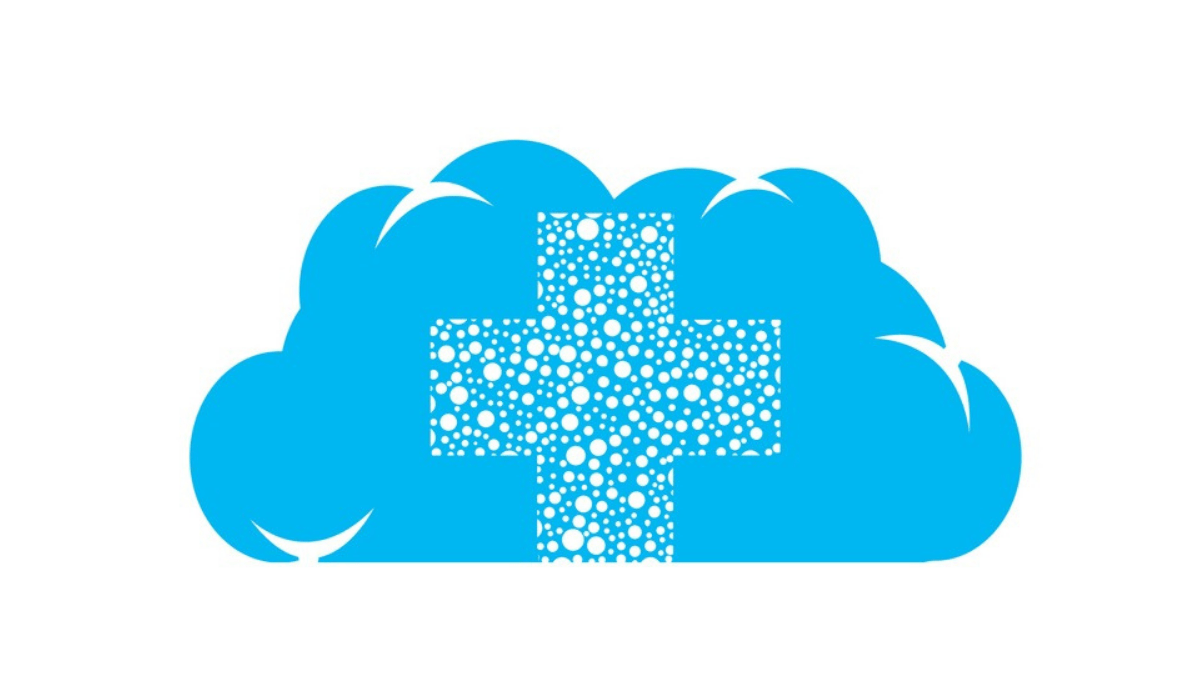The healthcare industry notoriously lags behind other industries when it comes to adopting new technologies. Moving to the cloud is no exception. Though there has been some uptick in cloud adoption among healthcare organizations in general, we’re still a pretty cautious bunch when it comes to the cloud.
In the last several years, momentum has been building around the cloud. Healthcare IT leaders are starting to overcome two of the big arguments they’ve had against moving to the cloud—security and ROI from their current IT infrastructure. They’re also recognizing several benefits to the cloud that aren’t achievable with on-premise solutions.
Security of Health Data in the Cloud
Data security is indeed a significant fear for healthcare providers because of the increasing sophistication and volume of cyberattacks by malicious actors. And the consequences for a security breach are quite steep—to the tune of tens of millions of dollars.
Yet the argument can be made that data is more secure in the cloud. How? When health IT leaders consider the resources that public cloud infrastructure providers must dedicate to securing their environments, it far outpaces anything individual hospitals or health systems would be able to allocate.
With the public cloud, entire teams focus solely on security. Health systems, on the other hand, tend to struggle with not only hiring for these skill sets but also maintaining them. Public cloud infrastructure offers greater security and the ability to keep pace with the evolving new threats.
Read our post: Security in the Cloud? A Decade Old Question
IT Infrastructure and Return on Investment
Existing investments in on-premise infrastructure prove to be another hurdle for healthcare IT leaders to overcome regarding the cloud. CIOs who’ve spent money and time building up data centers, talent, and other resources aren’t necessarily ready to dismantle what they’ve spent years building.
However, many CIOs are moving strategically toward higher-value problems that they can solve for their employers rather than the underlying IT infrastructure—shifting their focus toward improving workflows, increasing throughput, and reducing errors. Additionally, these healthcare leaders are making their organizations more efficient, yielding a better return on their investment than possible when focused on enabling infrastructure for the organization.
There’s a constant pressure on CIOs to figure out how to do things more efficiently. IT is an area of healthcare that has seen huge increases in spend year over year. To do their jobs more effectively, CIOs are asking themselves, “What other options do we have to do this more in a cost-effective manner?”
Increasingly, they’re finding the answer in the cloud.
A Better Environment for Innovation
Beyond security and cost of ownership, public cloud infrastructure offers a number of benefits. One is that it enables a faster pace of innovation. Applications can be built much more quickly by leveraging the multitude of services offered by the large public cloud infrastructure providers.
For instance, healthcare advances in machine learning will require the capabilities and services available via the cloud, including unlimited computational power and mature machine learning frameworks. Trying to build this from scratch would be a significant undertaking, delaying how quickly new functionality and features become available.
Elasticity in the Cloud
Traditionally, health systems have had to invest in whatever infrastructure it took to match their peak volume. For example, hospital CIOs must consider message volumes and throughput in the case of interoperability. Yet the volumes of patients, procedures, and messages constantly fluctuate throughout the day. Health systems are forced to buy solutions that will meet the highest volumes — not necessarily the most common volumes.
With the cloud, health systems can instead spin up more computational power on demand to accommodate these changes in volume. In lower-volume periods, they can go down to a lower utilization rate to match what’s happening in the institution. Health systems only pay for the additional computational power and resources when they’re actually needed, enabling reductions to the total cost of ownership.
As public cloud infrastructures continue to mature, the healthcare industry will see more health IT solutions developed with a cloud-first mentality. The industry is also likely to see a growing number of hybrid environments: Providers will dip their toes into the cloud with a handful of services or capabilities deployed in the cloud while continuing to use some on-premise solutions. This approach gives health systems an opportunity to determine their cloud policies and practices without having to “lift and shift” their entire infrastructure to the cloud all at once.
Want to learn what it takes to migrate to the cloud? Check out these resources:
- Moving healthcare integrations to the cloud
- Guide: Moving health data integrations to the cloud
- Blog: 3 Steps to Plan Your Journey to the Cloud
- Blog: The Price Is Right: How Moving to the Cloud Can Save You Money
- Blog: Why Are Tech Giants Moving to the Cloud?
- Blog: How migrating your healthcare data integrations to the cloud supports cloud infrastructure modernization
Learn about our cloud offerings:


